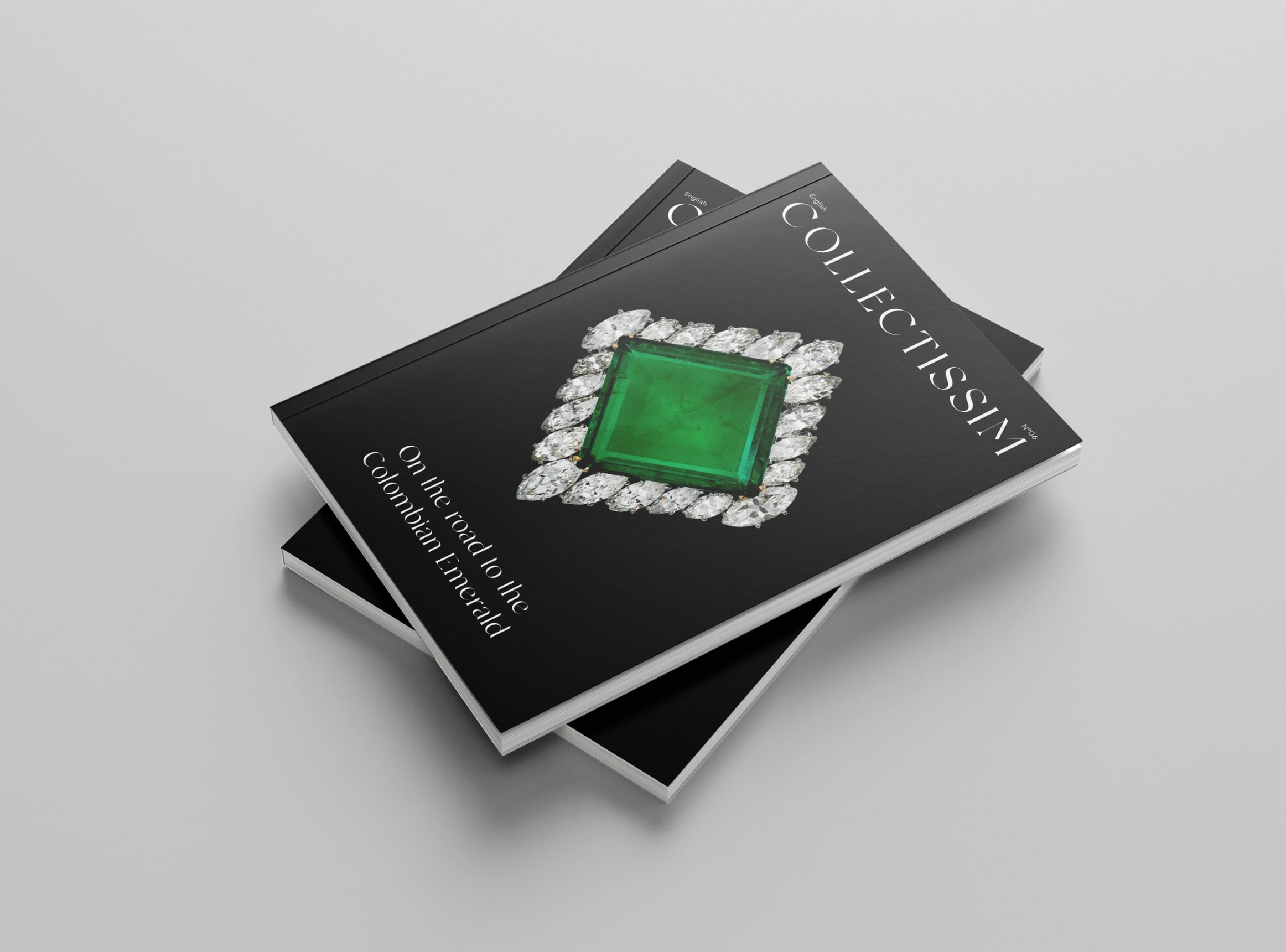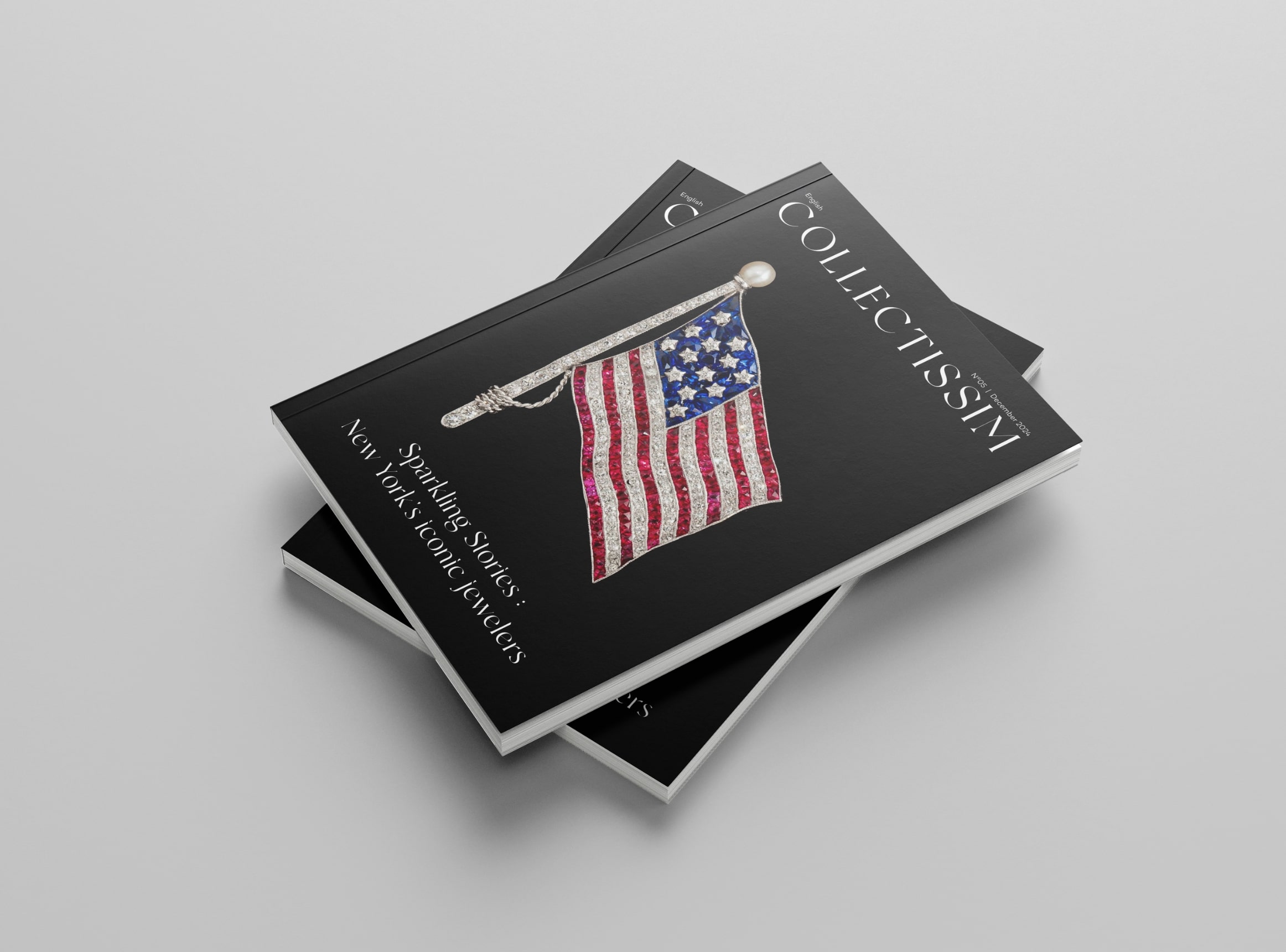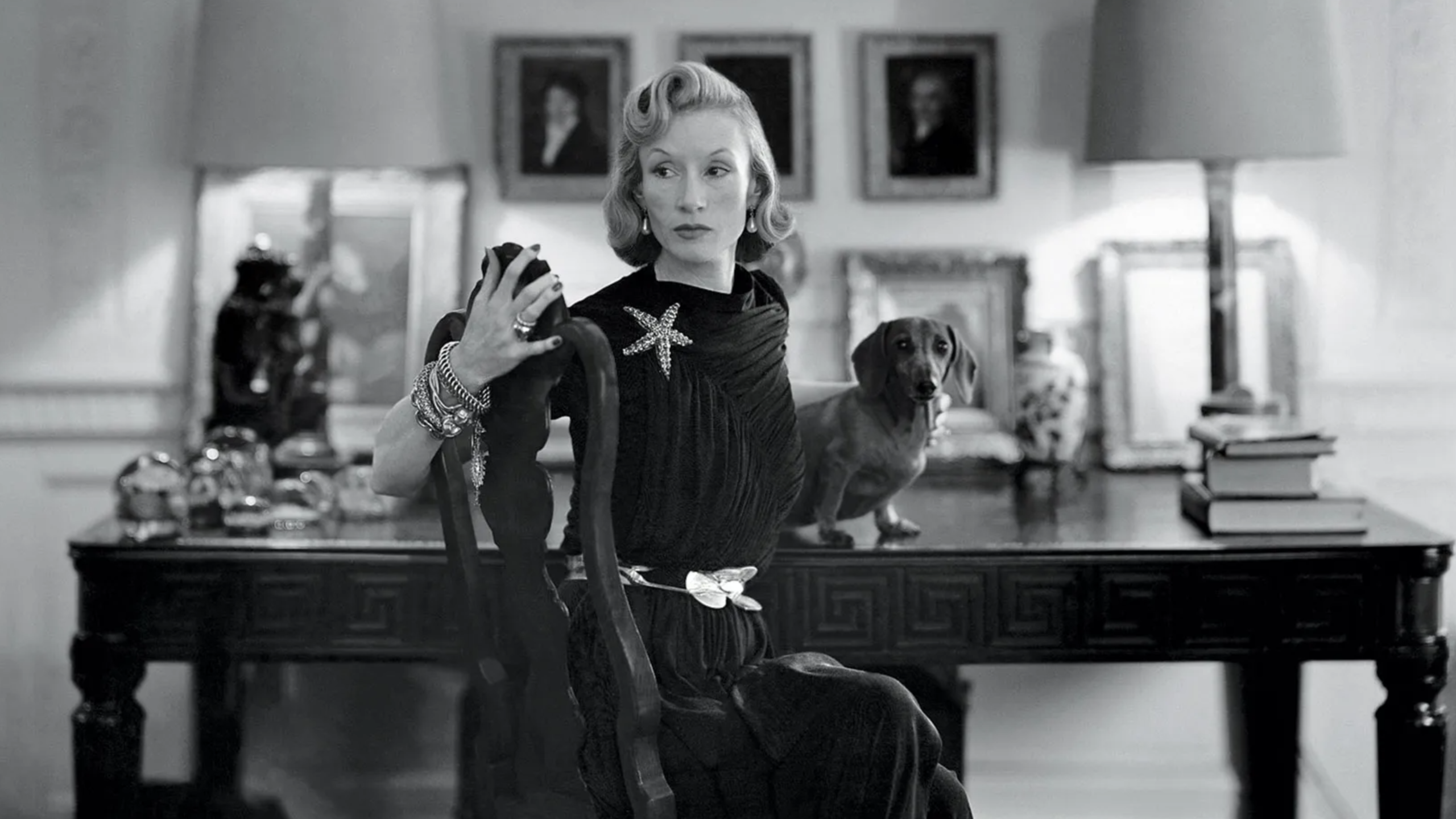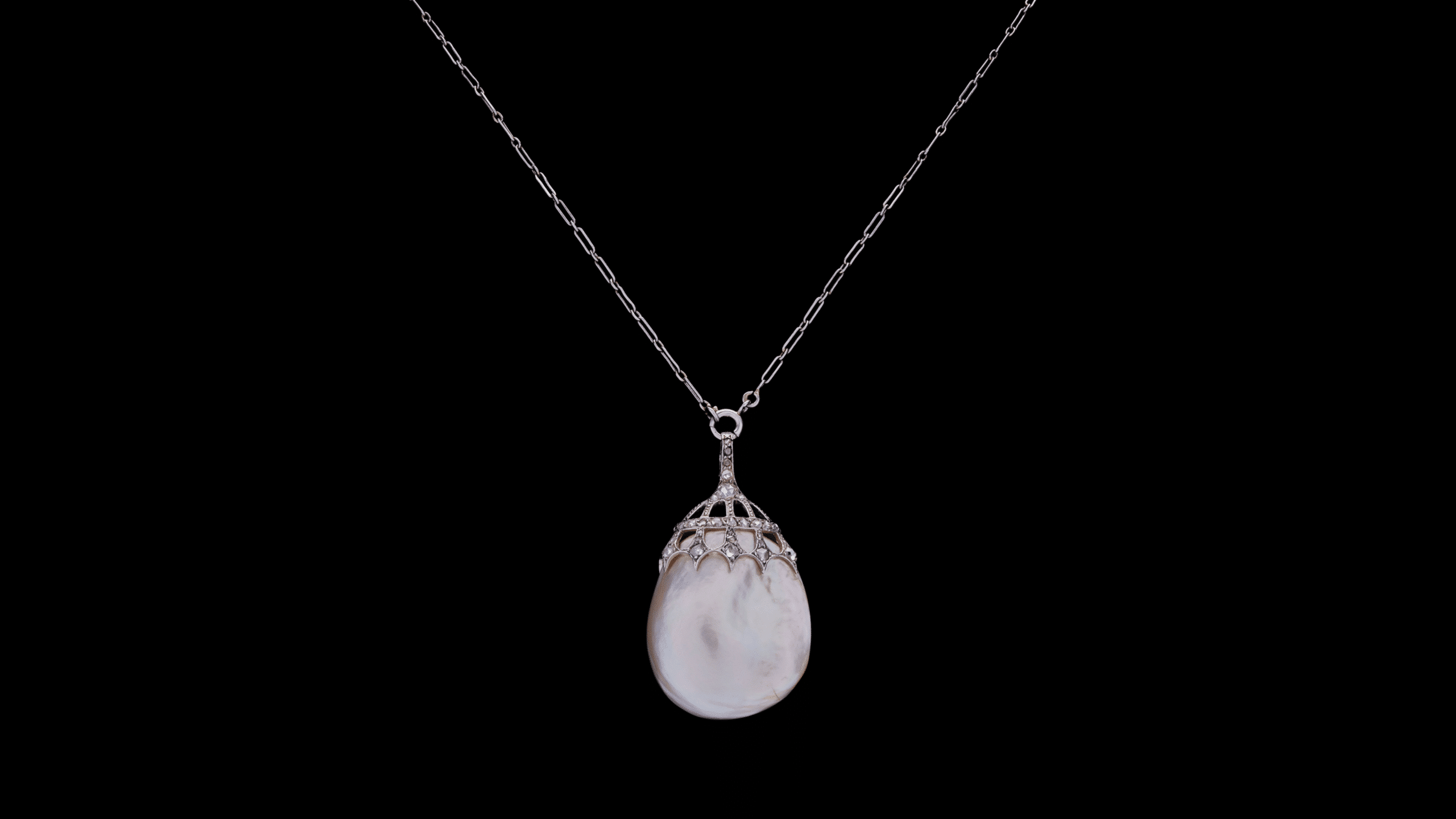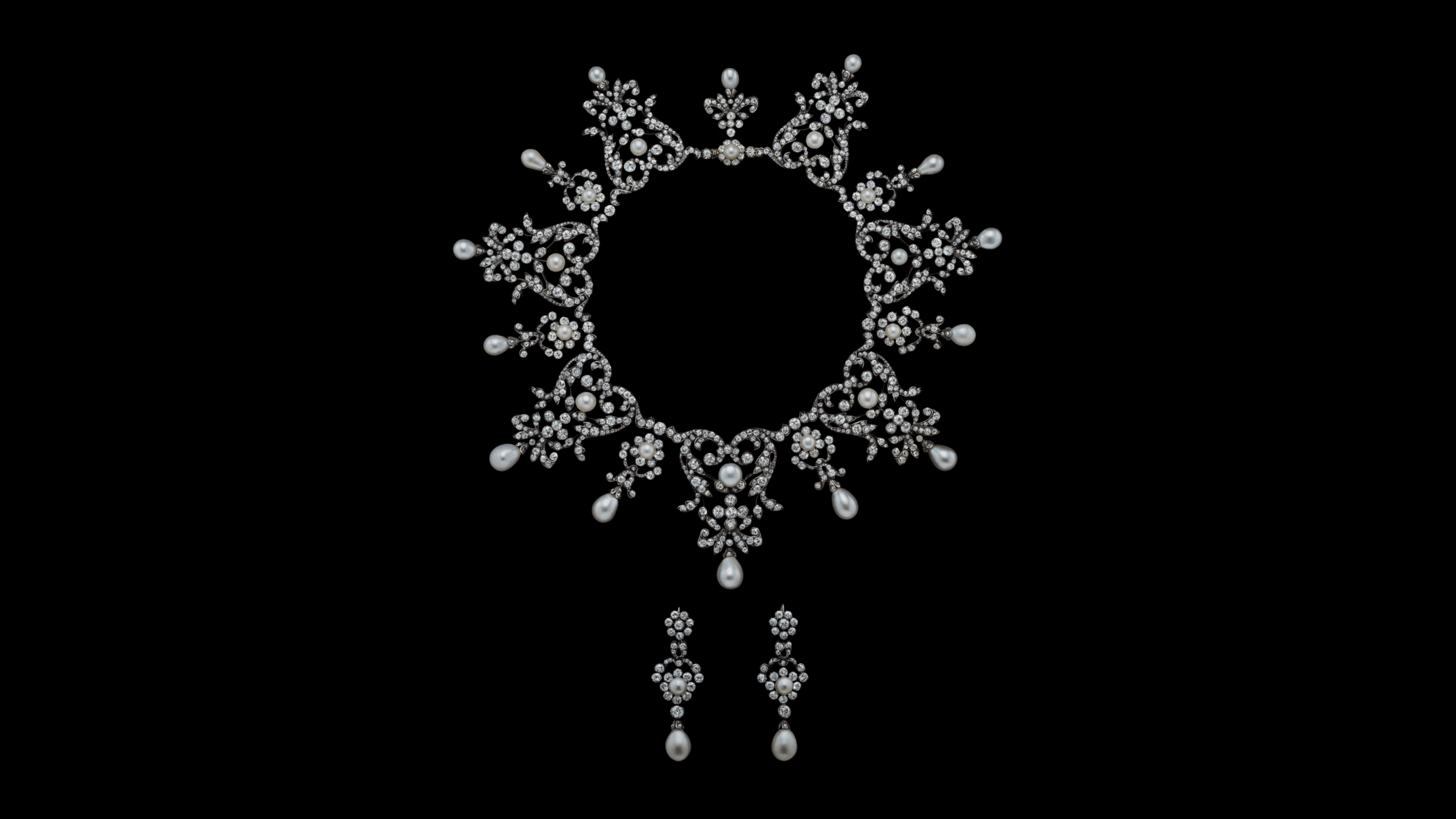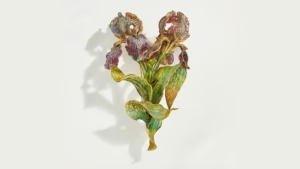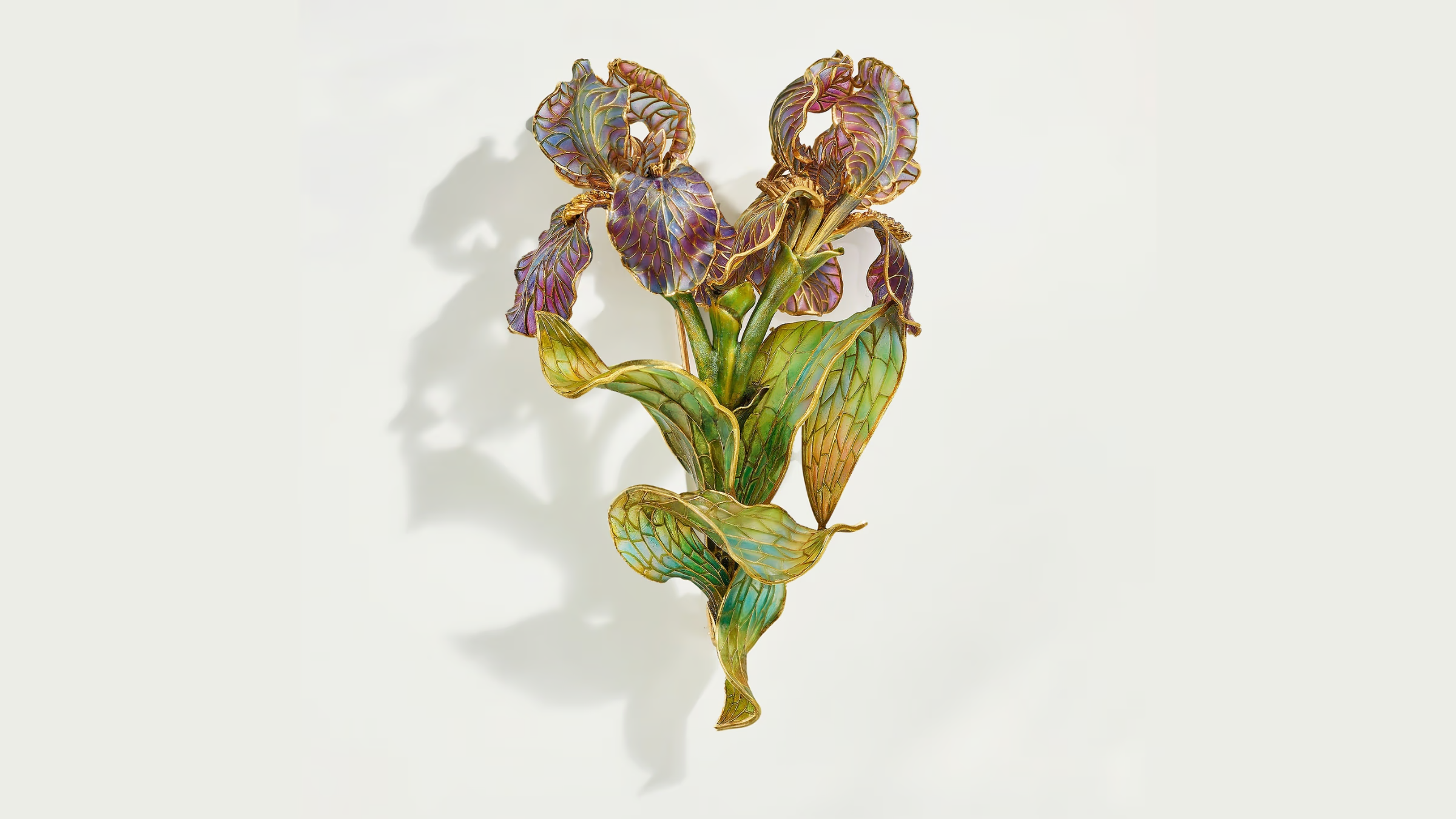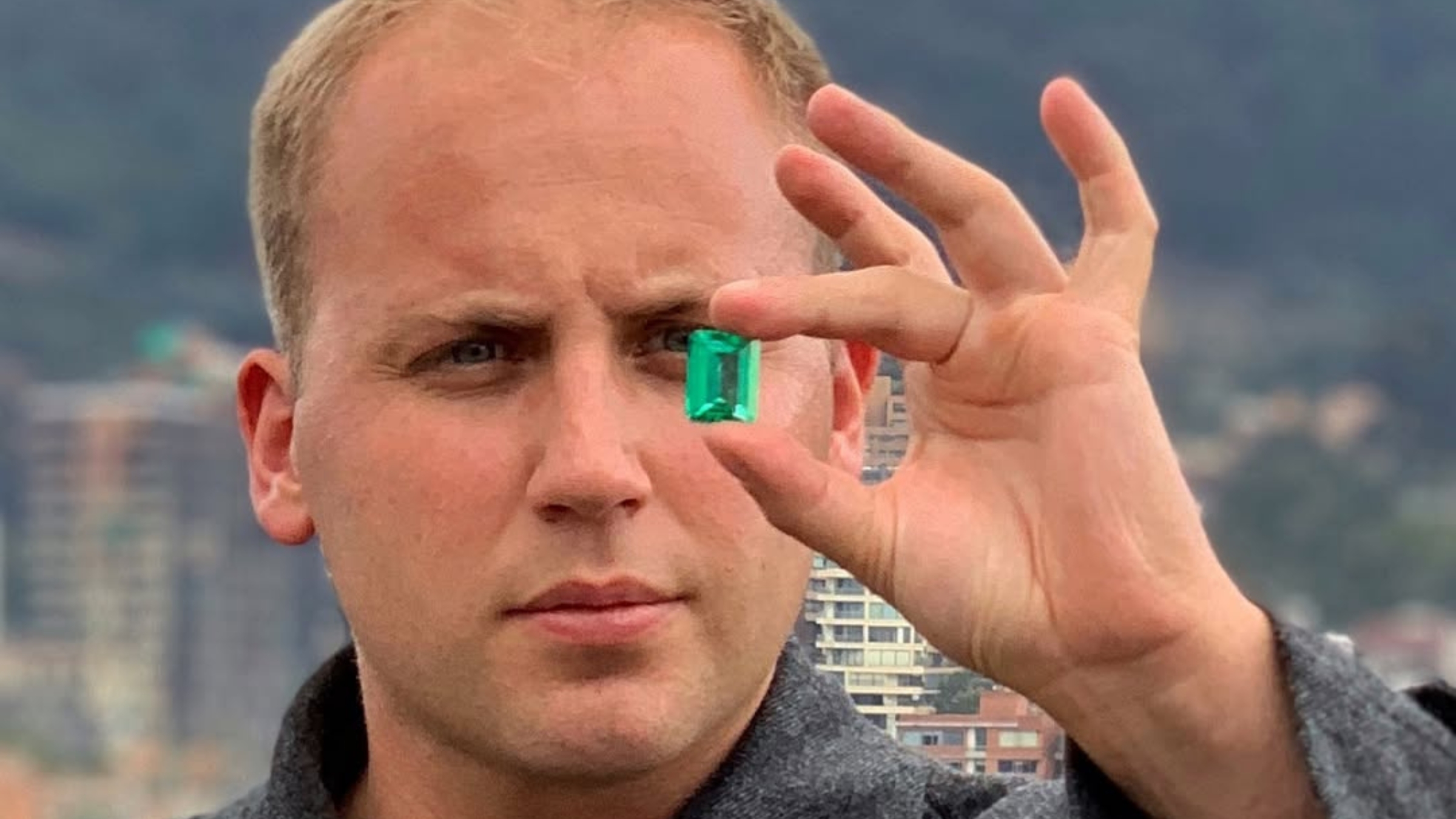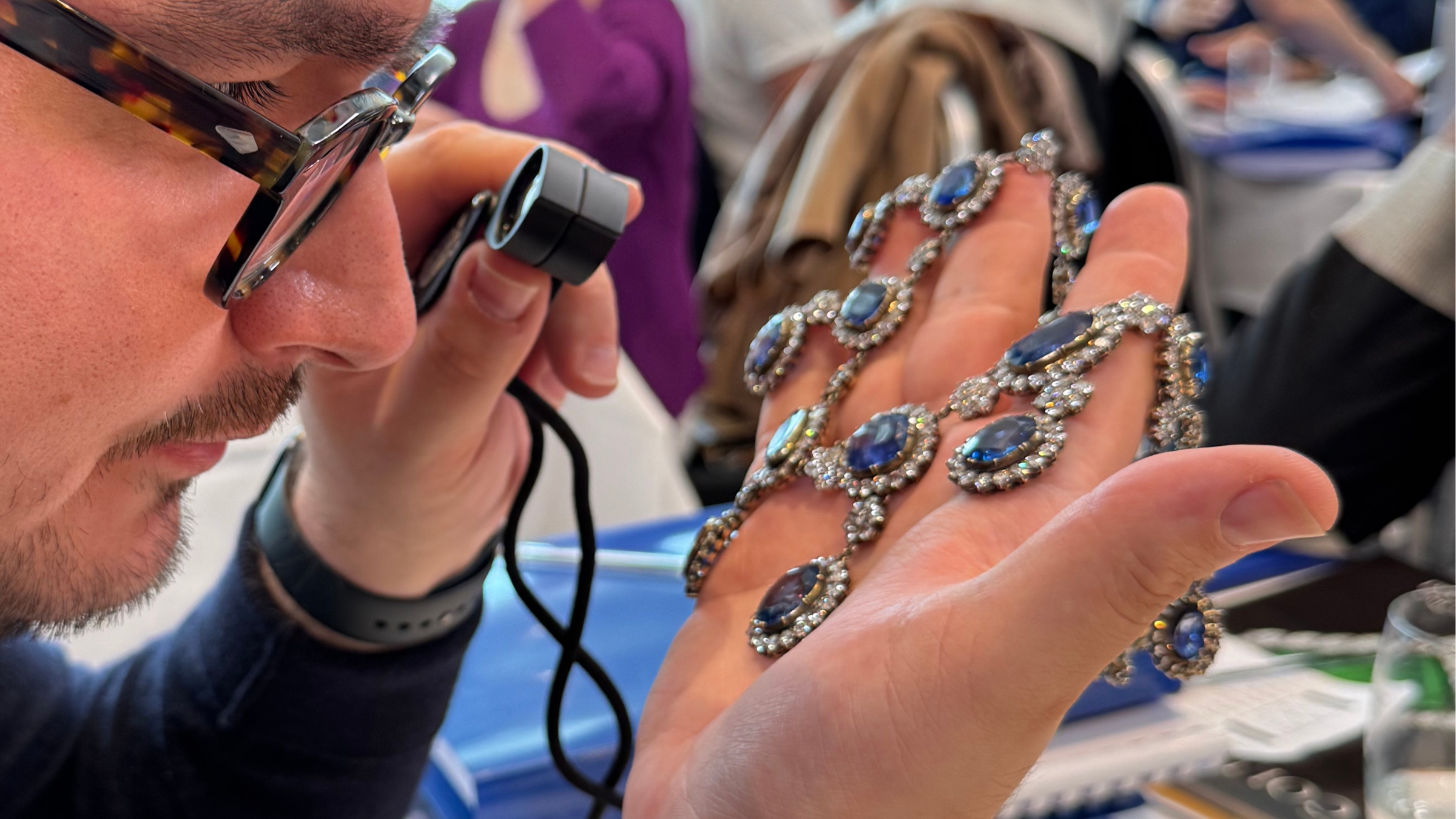The exhibition Paris, City of Pearls, presented by L’École des Arts Joailliers, celebrates the Parisian fascination with pearls. Located at the Hôtel de Mercy-Argenteau in Paris, it will be open to the public from November 21, 2024 to June 1, 2025. This retrospective traces the evolution of the taste for pearls, from their role as a symbol of status and purity to their place at the avant-garde of modern jewelry. Among the pieces on display are rare oriental pearls and emblematic creations by leading Parisian houses, evoking periods of “pearl mania” such as the 1920s.
During the Renaissance, pearls became a status symbol in European royal courts. Opulent pearl necklaces and jewelry were worn by figures such as Elizabeth I of England and Marie de Médicis. At the time, Venice and Antwerp were the main centers of the European pearl trade. The pearl trade reached Paris via the sea routes linking Europe to the Orient. By the 19th century, the capital had become a global crossroads for this natural treasure. Pearls, mainly from the Persian Gulf and Asian seas, were brought in by specialized dealers who supplied the great houses such as Boucheron, Cartier and Chaumet. In the 19th century, Paris established itself as a major center for the pearl trade.
The introduction of cultured pearls in the early 20th century, thanks to the innovations of Mikimoto in Japan, transformed the world market. These more affordable pearls democratized their use in jewelry while allowing Parisian designers to diversify their creations.
The “Paris, city of pearls” exhibition invites visitors to delve into this fascinating history, and sheds light on the secrets of their origin, their transformation into objets d’art, and their influence on global jewelry trends.
